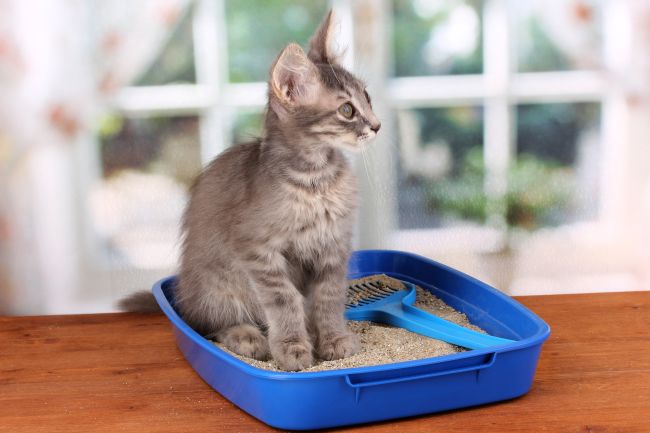
Arguably one of the most distasteful aspects of owning a cat is having to deal with the stinky litter. Folks, there is a reason “cat smell” is so repugnant! Not only does the waste have a nauseating odor, but there are harmful toxins that can be dangerous for humans to handle. Most cat owners endanger themselves and battle an oppressive presence of stench simply because they do not know how to properly clean a litter box in a safe way. The basic process of sifting through the sand with a scooper, just isn’t enough when it comes to disposing of feline waste. Follow these simple steps that will help preserve hygiene while ridding your home of the smelly contents of the litter box.
How to Clean a Litter Box Safely
WARNING: The fact that feces and urine are unsanitary goes without saying. Humans can actually become ill or be exposed to diseases or worms if waste is not handled correctly. For your own safety, and for the cleanliness of your residence, be sure to disinfect anything that might come into contact with the fecal matter.
- First: Put on rubber gloves/mask before you sift through litter. (This is particularly important if you have any cuts, scratched, or you have clipped your nails too low. Some pet owners also don face masks so they do not breathe in any lose particles or unpleasant odors in the process. One of the most hazardous of these viruses is the toxoplasmosis, which can be transmitted through feline feces.)
- Sift through the litter methodically, carefully disposing of any solids in a plastic trash bag. Urine will cause the litter/sand grains to clump together; these should be tossed as well.
- Prioritize sifting litter boxes at the end of every day. Cleaning the litter 1-2 times daily will decrease the stench. If your cat seems to dislike the idea of using the litter box, it may be because he feels it is too soiled. Pour a light layer over the used litter, or simply empty out the box and refill it with a fresh portion. New litter should be added at least once weekly.
- When the waste and dirty litter have been disposed of in an outdoor trash can, (ideally, wear a mask during the disposal process, so as to avoid breathing in the dust as it falls), then take antibacterial wipes, and wipe down the floor around the litter box. This will help remove the possibility of contamination.
- Wash the empty litter box in the laundry room sink, or outdoor hose. Use strong antibacterial liquid, or dish soap to remove any lingering scent of the urine. Once the box is well rinsed, dry it carefully and refill the box with new litter.
- To help combat any odors, buy deodorizing cat litter, or sprinkle baking soda, or odor-eliminating crystals. Other pet owners swear by vinegar, and claim that a few splashes of vinegar over the litter will help keep things clean and smelling fresh.
*Note: Do not store your cat’s litter box anywhere near the kitchen, due to the risk of toxic exposure and food contamination. Additionally, pregnant women are most highly in danger of infection, and should have someone else help them clean the litter box.

